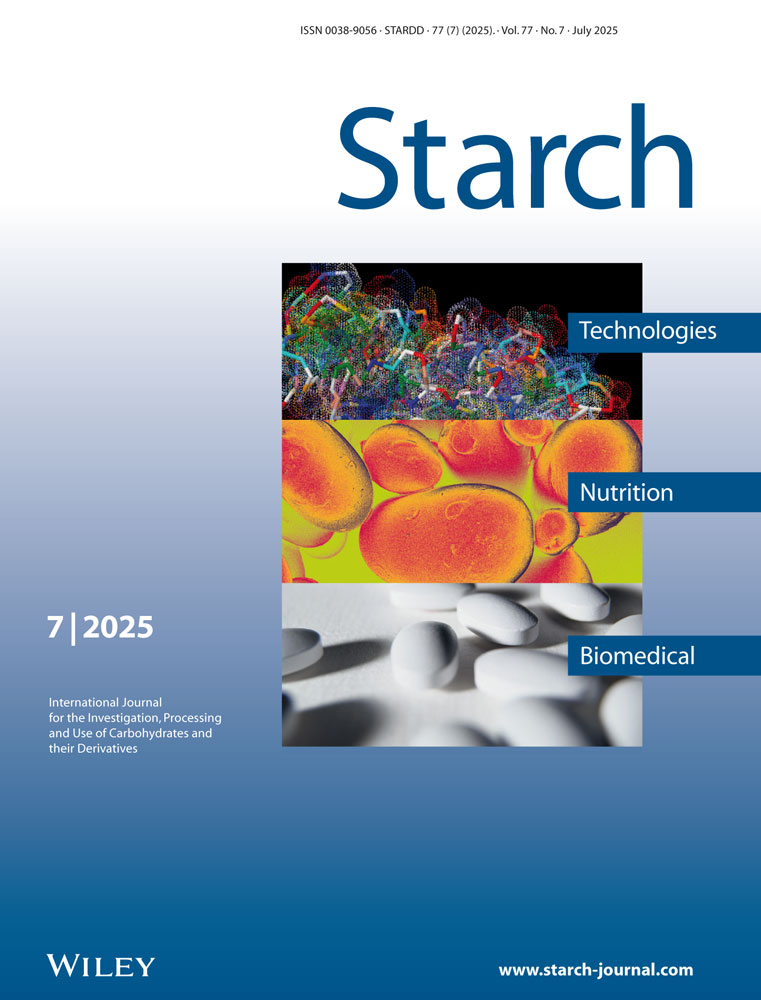Differences in Gelatinisation Behaviour Between Starches from Australian Wheat Cultivars
Abstract
The gelatinisation behaviour of starches isolated from 16 Australian wheat cultivars with a wide range of pasting properties was studied using the Viscoamylograph (VAG), Rapid Viscoanalyser (RVA) and Differential Scanning Calorimetry (DSC). VAG and RVA characteristics varied between cultivars as did the enthalpy and temperatures of gelatinisation, as measured by DSC. Significant correlations existed between RVA and VAG values for maximum viscosity and breakdown. The enthalpy of the amylose/lipid complex transition, measured by DSC, was significantly correlated with each of maximum paste viscosity, breakdown, setback and viscosity at 50°C as measured by VAG, and maximum viscosity and breakdown as measured by RVA. Starch properties that significantly correlated to gelatinisation behaviour included amylose content and the proportion of small starch granules, which had a negative relationship with VAG data for maximum viscosity, breakdown and viscosity at 50°C. Similar correlations existed for RVA data except for setback. Amylose content was also significantly correlated with the enthalpy of the amylose/lipid complex transition.




